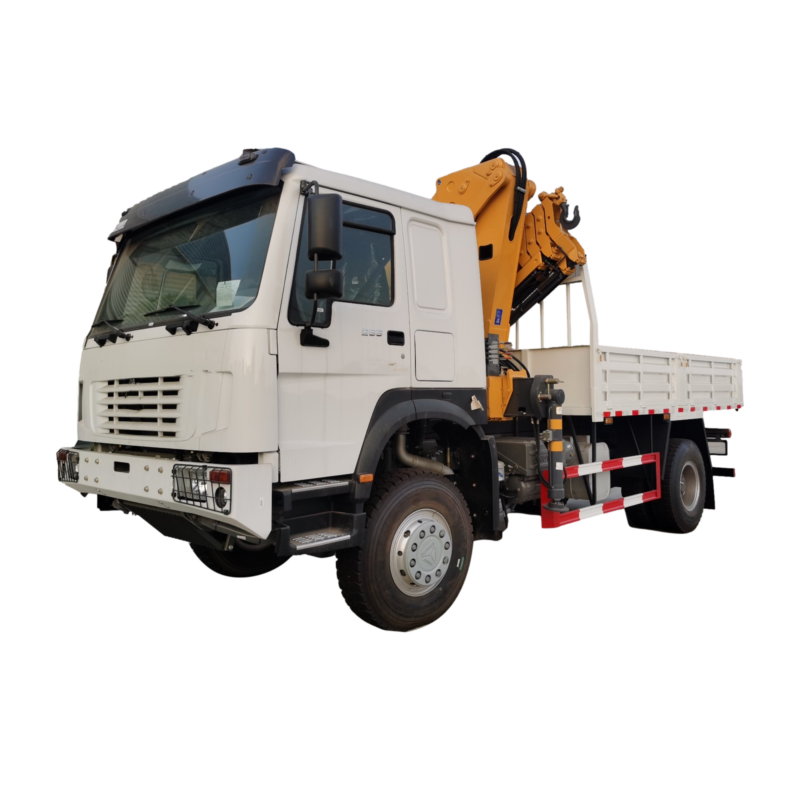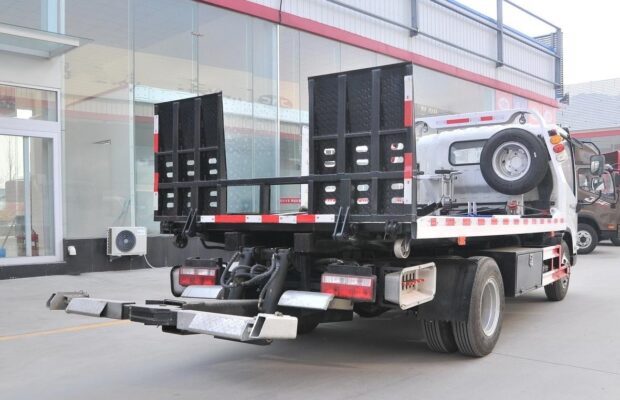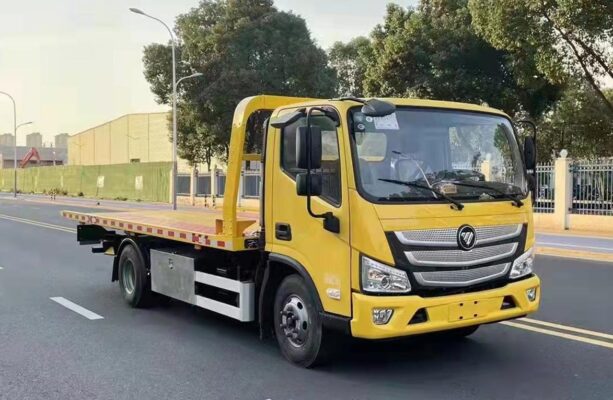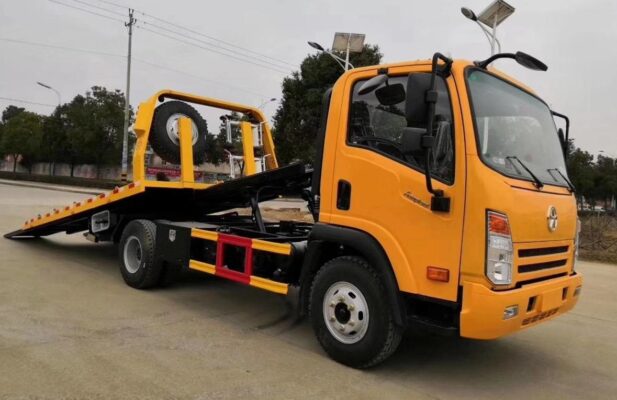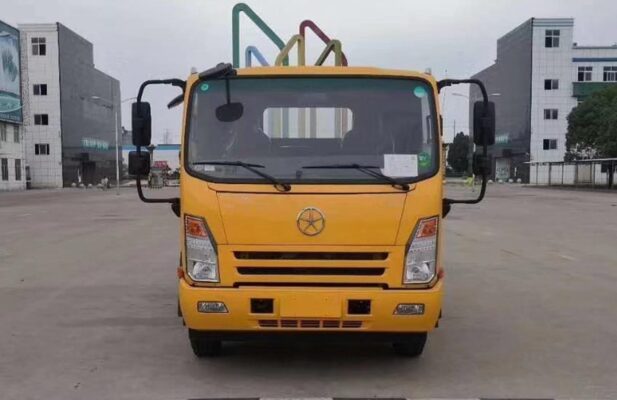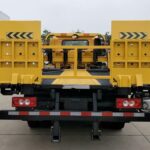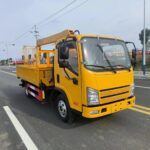The effective operation of կռունկ busbar systems is critical to ensuring the reliability and safety of կռունկ operations. To maximize the lifespan of these systems, regular inspections are essential after the busbars have been put into service. Such inspections help detect potential issues before they escalate into major problems, thereby maintaining optimal performance and safety. Below is a comprehensive overview of the regular inspection content required for կռունկ busbar systems.
1. Importance of Regular Inspections
Regular inspections serve several vital functions:
- Safety Assurance: Continuous monitoring helps ensure that the busbar system operates safely, reducing the risk of electrical hazards and potential accidents.
- Preventative Maintenance: Early detection of wear and tear can prevent costly repairs and operational downtime.
- Operational Efficiency: Ensuring that busbar systems are functioning optimally improves the overall efficiency of կռունկ operations.
2. Inspection Components and Frequency
A structured approach to inspecting various components of կռունկ busbar systems is crucial. Here’s a detailed breakdown of the critical elements to inspect, along with their recommended frequency.
Ա. Brushes
- Inspection Frequency: Every 1 դեպի 3 months, depending on the operational demands of the mobile electrical equipment connected to the busbar system.
- Key Inspection Points:
- Wear of Collector Brushes: Assess the wear levels of the brushes. If the wear is greater than 5mm, it is mandatory to replace the brushes to maintain proper electrical contact.
- Alignment and Security: Check for any loose or misaligned brushes. If misalignment is observed, it is essential to identify the cause, which could be due to mechanical issues or improper installation, and rectify it immediately.
- Best Practices:
- Maintain a detailed log of brush conditions over time to help predict when replacements may be needed.
- Use calibrated tools for measuring brush wear to ensure accuracy in assessments.
Բ. Collecting Device
- Inspection Frequency: Quarterly inspections are recommended for collecting devices.
- Key Inspection Points:
- Fastener Tightness: Examine all fasteners for tightness. Any loose fasteners should be tightened to prevent further mechanical issues.
- Displacement and Wear: Check for any displacement or excessive wear on plastic and movable components. Look specifically at pivot points and spring mechanisms.
- Spring Tension: The contact pressure between the collecting brush and the rail must be maintained at specified levels. If the tension is insufficient, adjust it accordingly.
- Best Practices:
- Use manufacturer guidelines for the specific tension requirements to ensure compliance and optimal performance.
- Regularly lubricate movable parts to minimize wear and enhance functionality.
C. Connectors
- Inspection Frequency: Connectors should be inspected at least once a year.
- Key Inspection Points:
- Tightness of Bolts and Welds: Check all connectors, including bolts and welds, for any signs of looseness, corrosion, or mechanical displacement. These factors can significantly impact the integrity of the electrical connections.
- General Condition: Look for any visible signs of wear or damage, such as cracks or excessive rust that could compromise the connector’s functionality.
- Best Practices:
- Implement a torque specification for bolts during inspections to ensure they are tightened to the correct levels as specified by the manufacturer.
- Clean connectors of dust and debris regularly to prevent resistance buildup.
3. Daily Crane Checks
Daily checks are essential to maintaining the operational readiness of կռունկ busbar systems. Here’s what to focus on during these inspections:
- Track Condition: Regularly assess the straightness of the busbar tracks for any significant deviations. Any misalignment greater than 20mm should be addressed immediately to prevent operational inefficiencies.
- Insulation Protection: Verify that all insulation protection components are intact. Look for any signs of breakage or damage that could expose conductive parts and pose a safety hazard.
- Stainless Steel “V” Grooves: Inspect these grooves for any signs of warping, which could impede the movement of the collecting devices and cause additional wear.
- Debris Inspection: Look for foreign objects or conductive dust on the tracks that could interfere with electrical conductivity. Clean the area as necessary to prevent electrical shorts and ensure efficient operation.
- Insulation Resistance Measurement: Periodically measure the insulation resistance. Ensure that the inter-phase insulation resistance meets or exceeds the standard of 5MΩ. Low resistance levels can indicate moisture ingress or insulation degradation, necessitating immediate action.
4. Special Considerations for Inspection
Certain conditions may necessitate increased vigilance during inspections:
- Environmental Impact: Busbar tracks that experience exposure to high temperatures, excessive dust, or corrosive materials (such as acids or alkalis) require heightened monitoring. Նման միջավայրերում, daily inspections should be intensified to ensure that all components are functioning correctly and safely.
- Deviations in Track Alignment: Pay particular attention to busbar tracks that exhibit significant deviations in overlap, gauge, or tilt. Any discrepancies in these parameters can lead to inefficient operation and increased wear on both the busbar and the connected equipment.
- High-Traffic Areas: For busbar systems located in high-traffic environments, it is essential to implement a more proactive maintenance strategy. Increased foot traffic can lead to accelerated wear and tear, necessitating more frequent inspections and maintenance interventions.
5. Documentation and Record-Keeping
Maintaining accurate records of all inspections and maintenance activities is essential for effective busbar management:
- Inspection Logs: Keep detailed logs of inspection dates, findings, and corrective actions taken. This documentation helps identify trends over time and supports decision-making for future maintenance.
- Maintenance History: Document all maintenance activities, including component replacements and repairs, to maintain a comprehensive history of the busbar system’s condition.
- Operational Data: Record the operational hours of the busbar system to align inspection schedules with actual usage patterns, ensuring that inspections are timely and relevant.
6. Եզրակացություն
Regular inspections of կռունկ busbar systems are essential to ensure their reliability and longevity. By following a structured approach to inspecting brushes, collecting devices, connectors, and conducting daily checks, organizations can minimize risks and maintain efficient կռունկ operations.
Ավելին, being proactive about environmental conditions and maintaining thorough documentation will enhance the overall management of busbar systems. Investing in a robust inspection regimen not only ensures operational efficiency but also promotes safety and reliability in electrical distribution systems used in կռունկ operations.

